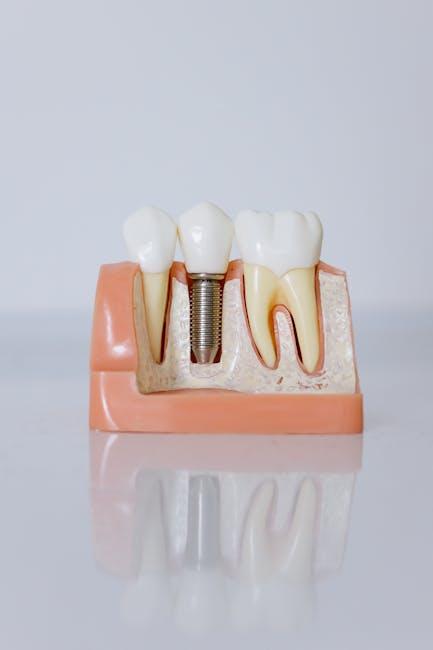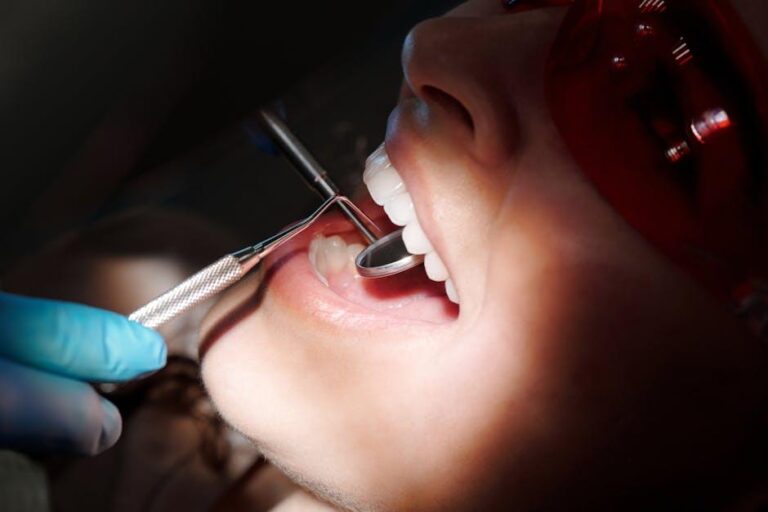
Dental Equipment Market is Projected to Reach US$ 12.4 Billion by 2028
The Dental Equipment Market is undergoing rapid growth, with projections estimating the market will reach a value of US$ 12.4 billion by 2028. Driven by advancements in dental technology, increasing awareness of oral health, and rising demand for sophisticated dental procedures worldwide, this sector is poised for significant expansion. This article explores key factors influencing the dental equipment market, emerging trends, benefits of modern dental devices, and practical insights for dental practitioners and industry stakeholders.
Overview of the Dental Equipment Market
The dental equipment market comprises a broad range of instruments, devices, and technology used for diagnosis, treatment, and management of oral diseases. This includes dental chairs, imaging systems, sterilization equipment, dental handpieces, and digital dentistry tools.
Key Market Segments
- Dental Chairs & Units: Core equipment for dental clinics providing patient comfort and operational convenience.
- Imaging Equipment: Digital X-rays, intraoral scanners, and 3D imaging devices supporting accurate diagnosis.
- Consumables & Disposables: Items such as gloves, masks, and other hygiene essentials.
- Dental Instruments: Handpieces, scalers, drills, and burs utilized in various dental procedures.
- CAD/CAM Systems: Computer-aided design and manufacturing devices facilitating precision restorations.
Market Drivers and Growth Factors
The anticipated boost in the dental equipment market is attributable to several converging factors:
- Rising Oral Health Awareness: Globally, patients are becoming more conscious of the importance of dental hygiene, increasing demand for routine dental care and preventive treatments.
- Technological Advancements: Innovations such as 3D imaging, laser dentistry, and AI-powered diagnostic tools are transforming clinical practice and increasing demand for upgraded equipment.
- Increasing Geriatric Population: Older adults require specialized dental equipment to manage age-related oral health problems.
- Expanding Dental Tourism: Growing popularity of affordable dental treatments abroad has catalyzed investments in advanced dental infrastructure.
- Government Initiatives: Public health campaigns and subsidies for oral healthcare equipment support the market expansion.
Regional Insights
The dental equipment demand varies significantly by region due to economic, demographic, and healthcare dynamics:
| Region | Market Trend | Key Growth Drivers |
|---|---|---|
| North America | Largest market share | High investments in R&D, advanced healthcare infrastructure |
| Europe | Focus on preventative dentistry | Government health initiatives, aging population |
| Asia-Pacific | Fastest growth rate | Increasing dental tourism, rising disposable income |
| Latin America | Emerging market | Improving healthcare accessibility |
| Middle East & Africa | Growing adoption of modern equipment | Urbanization, healthcare modernization |
Benefits of Modern Dental Equipment
Investing in cutting-edge dental equipment offers numerous benefits, enhancing both patient experience and clinical outcomes:
- Improved Diagnostic Accuracy: Advanced imaging tools allow for early and precise detection of oral diseases.
- Enhanced Patient Comfort: Ergonomically designed dental chairs and pain-free instruments promote a better patient visit.
- Higher Efficiency: Digital workflows reduce procedure time and improve productivity in dental clinics.
- Increased Safety: Sterilization and disposable equipment minimize infection risks, ensuring compliance with health regulations.
- Cost Savings Long-Term: Durable and technological tools reduce maintenance costs and improve treatment reliability.
Practical Tips for Dental Practitioners
To leverage the growing dental equipment market trends effectively, dental practitioners should consider the following:
- Regularly Update Equipment: Stay current with emerging technologies to provide superior patient care.
- Invest in Staff Training: Ensure team proficiency in using new devices for maximum benefit.
- Focus on Patient Education: Use digital visual tools to explain procedures and improve patient trust.
- Implement Preventive Strategies: Emphasize diagnostic and hygiene tools to reduce long-term treatment costs.
- Prioritize Ergonomics: Select equipment that reduces physical strain for both dentist and patient.
Case Study: Transforming a Dental Clinic with Digital Equipment
One mid-sized dental clinic in Chicago upgraded to a full suite of digital equipment including an intraoral scanner, digital X-ray system, and CAD/CAM milling unit. Within 12 months, the clinic reported:
- 30% increase in patient appointments due to enhanced service marketing
- Reduction of procedure errors by 15%
- Improved patient satisfaction scores by 25%
This example highlights the tangible positive impact of investing in modern dental equipment to boost clinical efficiency and profitability.
Conclusion: The Future Outlook of the Dental Equipment Market
With a projected valuation of US$ 12.4 billion by 2028, the dental equipment market is clearly on an upward trajectory fueled by innovation, demographic needs, and increasing dental care awareness. For dental professionals, embracing the latest technologies represents an opportunity to enhance treatment quality, optimize practice operations, and improve patient outcomes. Meanwhile, manufacturers and investors should continue focusing on research and development, regional market adoption strategies, and partnerships to capitalize on this vibrant growth sector.
Stay connected with OpenPR.com for the latest insights and updates on the dental equipment market and other healthcare industry trends.


